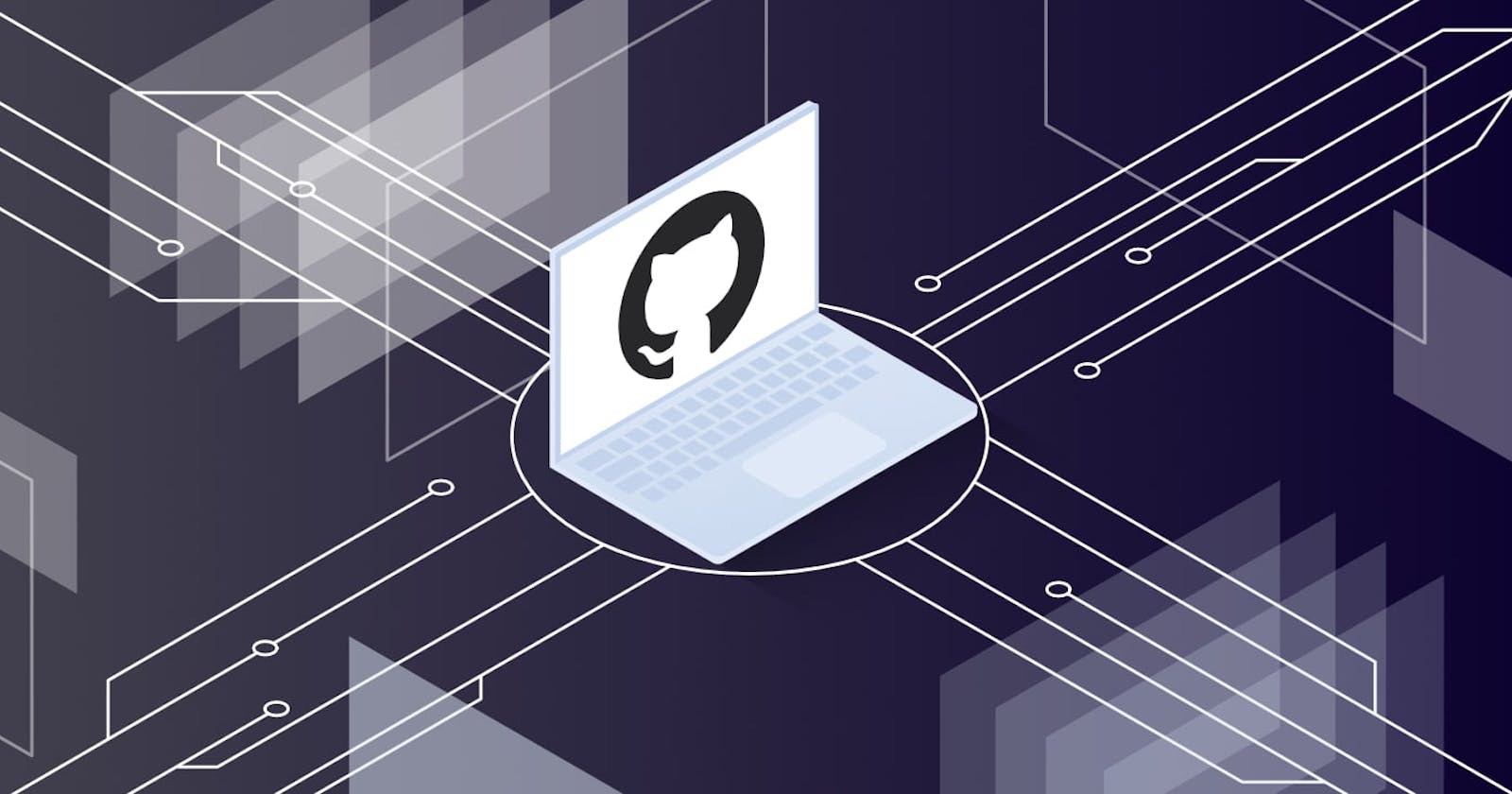Table of contents
- What is Git and why is it important?
- What is difference Between Main Branch and Master Branch?
- Can you explain the difference between Git and GitHub?
- How do you create a new repository on GitHub(Create a repository named "Devops" on GitHub)
- What is difference between local & remote repository? How to connect local to remote?
What is Git and why is it important?
Git is a distributed version control system (DVCS) that is widely used in software development to manage source code and track changes made to it.
Git is important because it allows developers to collaborate on a project and keep track of changes made to the codebase over time.
Some of the key benefits of Git include:
Distributed nature: Git is a distributed version control system, which means that each developer has a complete copy of the code repository on their local machine. This allows for easy collaboration and offline work.
Branching and merging: Git allows developers to work on multiple branches of code simultaneously, without interfering with each other's work. This makes it easy to test new features or experiment with different approaches to a problem, without risking breaking the main codebase.
Version control: Git tracks every change made to the codebase, allowing developers to easily revert to previous versions if necessary. This can be helpful if a bug is introduced or if a change causes unexpected problems.
Open-source: Git is open-source software, meaning that anyone can use it for free and contribute to its development. This has helped make it widely adopted and supported by a large community of developers.
What is difference Between Main Branch and Master Branch?
In Git, the main or master branch is typically the default branch that is created when a new repository is initialized. It is considered the "source of truth" for the project and serves as a starting point for all development work. Developers can create new branches from the main or master branch to work on new features or bug fixes, and then merge those changes back into the main or master branch when they are complete.
Can you explain the difference between Git and GitHub?
Git and GitHub are two different things, but they are often used together in software development.
Git is a distributed version control system that allows developers to track changes to their codebase over time. It was created by Linus Torvalds in 2005 and is widely used in software development to manage source code and collaborate with other developers.
GitHub, on the other hand, is a web-based platform that provides hosting for Git repositories. It was launched in 2008 and has since become one of the most popular code hosting platforms in the world. GitHub provides a range of features for developers, including:
Remote hosting: GitHub allows developers to store their Git repositories remotely on their servers, making it easy to collaborate with other developers.
Collaboration tools: GitHub provides tools for code review, issue tracking, and project management, making it easier for teams to work together.
Social features: GitHub has a large community of developers, and provides features such as social networking, following other developers, and discovering popular projects.
Integration with other tools: GitHub integrates with a wide range of other tools and services, such as continuous integration and deployment (CI/CD) tools, code editors, and project management platforms.
How do you create a new repository on GitHub(Create a repository named "Devops" on GitHub)
Go to the GitHub website (github.com) and log in to your account.
Click on the "+" sign in the top right corner of the page.
Select "New repository" from the drop-down menu.
In the "Repository name" field, enter "Devops".
Optionally, add a description for the repository.
Choose whether you want the repository to be public or private.
Check the box to initialize the repository with a README file.
Click the "Create repository" button to create the repository.
That's it! You have now created a repository named "Devops" on GitHub. You can now clone the repository to your local machine and start adding files and making changes to the codebase.
What is difference between local & remote repository? How to connect local to remote?
First, go to the repository on GitHub that you want to connect to your local repository.
Click on the "Code" button and copy the URL of the repository.
Open your terminal or command prompt and navigate to the local directory where you want to store the repository.
Run the following command to clone the repository to your local machine:
git clonehttps://github.com/your-username/devops.gitFor example, if the repository URL is "https://github.com/your-username/devops.git"
Once the repository has been cloned, navigate to the local directory using the
cdcommand:cd devopsNow, you need to connect your local repository to the repository on GitHub. To do this, run the following command:
git remote add originhttps://github.com/your-username/devops.gitFinally, push your local repository to the remote repository on GitHub using the following command:
git push -u origin mainThis will push the contents of your local repository to the remote repository on GitHub.
#Git #DevOps #Github
Please free to write your thoughts and can connect with me on LinkedIn
